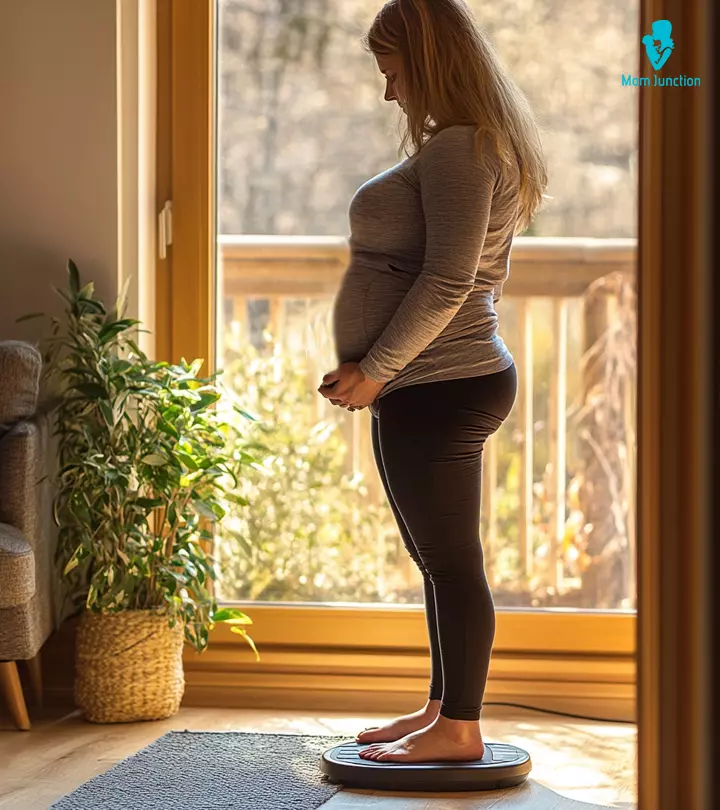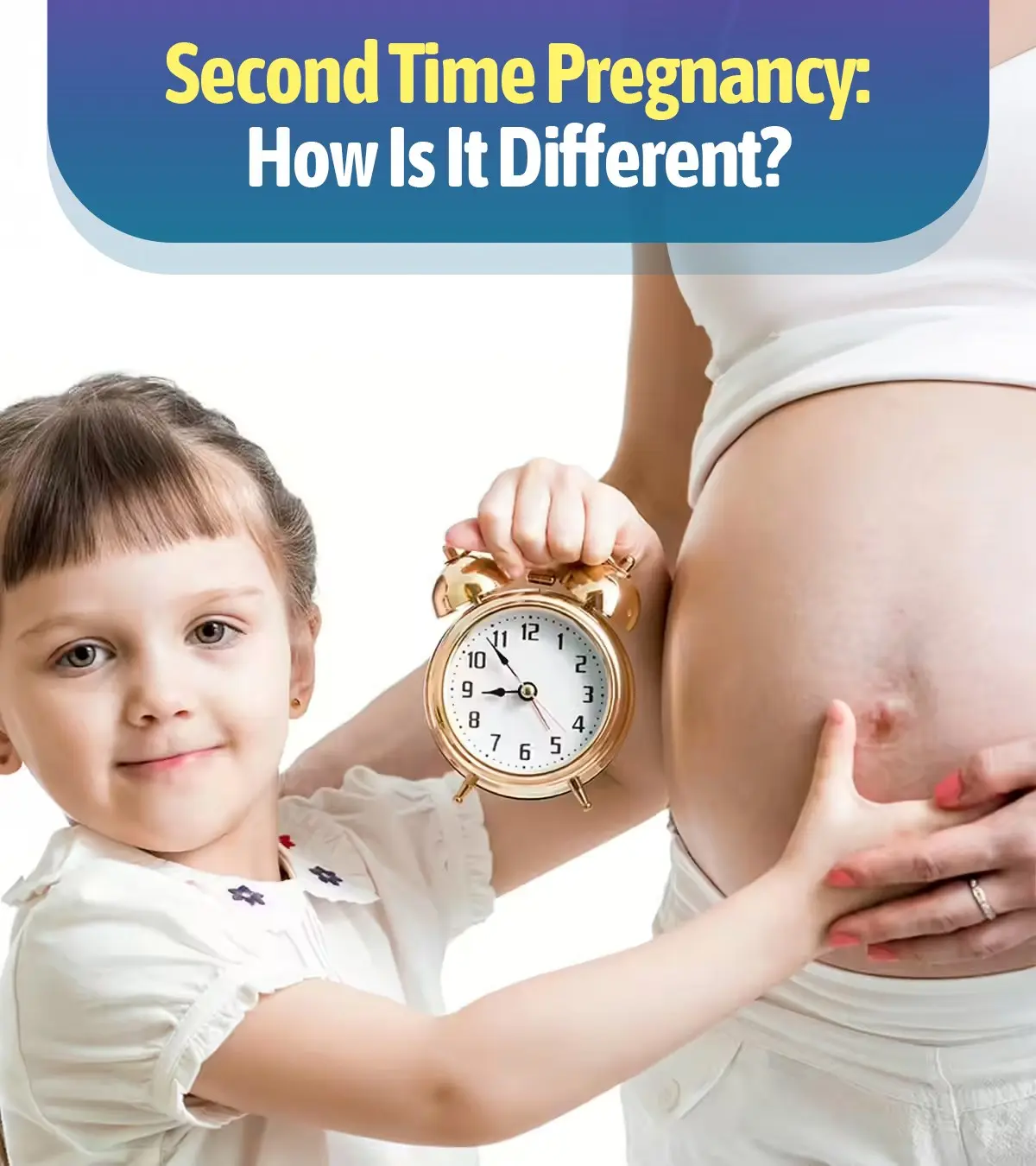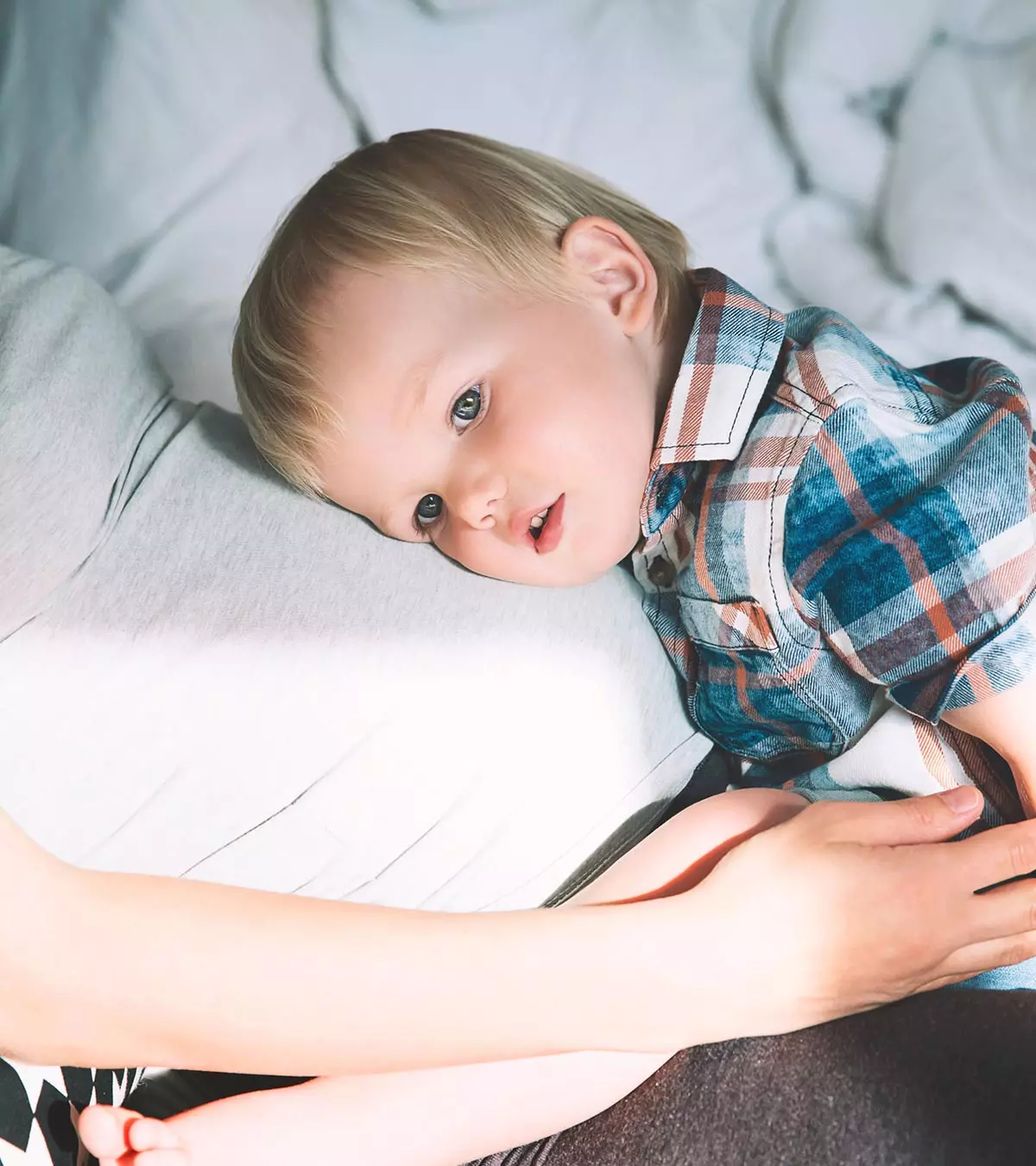
Image: ShutterStock
“How long after a C-section can you get pregnant?” is a common question many parents have when the doctor suggests C-section delivery. Pregnancy and having babies are wonderful times of life. Some women may like to plan their next child as soon as possible. However, you may wait longer than normal to get pregnant again after a C-section. Pregnancy is possible anytime when your cycle returns in the postpartum period. However, the uterus may need a longer gap to heal well after an incision. Read on to know how soon you can plan your next pregnancy after a C-section delivery.
Key Pointers
- Depending on her overall health status, a woman may need to wait for six to twenty-four months before trying to conceive again, to allow for proper recovery and healing after a C-section.
- Conceiving too soon after a C-section can increase the risk for uterine rupture, preterm birth, and other complications.
- Insufficient healing time after a C-section can also lead to complications such as placenta previa, placental abruption, and low birth weight.
- To increase the chances of conception, it may be helpful to keep track of menstrual cycles and fertile period, maintain a healthy lifestyle, take vitamin supplements, and engage in relaxed sexual intercourse.
- However, women who have had a C-section and are in their late thirties or forties should discuss their plans for future pregnancies with their doctor.
What Should Be The Time Gap Between Pregnancies After A C-Section?

According to the World Health Organization, globally, cesarean section accounts for 21% (one out of five) of all childbirths (16). After a C-section, waiting from at least six months to 18 months is good. In fact, the risk of subsequent pregnancy complications decreases with longer Birth spacingiAlso known as pregnancy spacing or interpregnancy interval (also called IPI), it is the time between two pregnancies. as it gives mothers enough time to recover and heal after a C-section (17).
A technical report by the World Health Organization recommends that the mother should ideally have a gap of 24 months to “reduce the risk of adverse maternal, perinatal and infant outcomes” (1). This recommendation holds good both for C-section and vaginal deliveries. It gives enough time for the wounds to heal.
Also, if you conceive in less than six months after a C-section, you might be at a higher risk of uterine rupture in the case of vaginal birth after C-section (VBAC) (2).
Moreover, spacing gives you time to bond with your baby and take care of them.
However, planning your next pregnancy is a personal decision, which you may want to take in discussion with your partner and doctor, based on your general and reproductive health.
Why Is A Time Gap Required For Pregnancy After A C-Section?
Your body takes a longer time to heal from a C-section than from a vaginal birth. Therefore, understanding how long after a C-section you can get pregnant is crucial for planning and ensuring safety. Here is why you need a gap after the surgery:
- Cesarean section is a major abdominal surgery and the recovery time varies from one woman to another. The more time you give for recovery, the fewer chances of any complications during your next delivery.
- If you have had complications in your earlier pregnancy, then you might want to wait before planning the next baby.
- Your body loses a lot of nutrients while delivering through a C-section; therefore, it needs time to replenish them (18).
- Taking a longer time to get pregnant again after delivery can also help reset the vaginal microbiome to prevent complications like preterm birth.
- Your abdominal muscles lose some of their tone during a C-section. Therefore, enough time should be given for complete recovery.
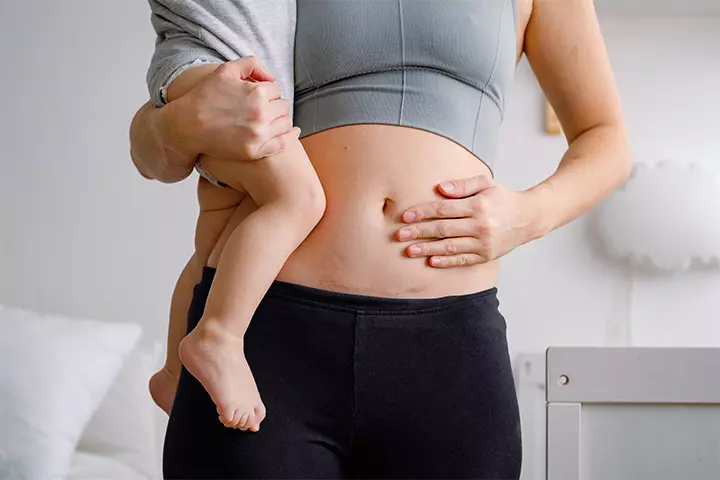
- Practically, it will be difficult for you to take good care of yourself while also nurturing your infant.
- It also may affect your mental health and emotional well-being, as the body and mind may still be recovering from the previous pregnancy and birth experience.
You are also prone to certain health risks if you get pregnant immediately after a C-section.
What Are The Risks Associated With Getting Pregnant Soon After A C- Section?
Getting pregnant soon after a C-section can put you at an increased risk of:
- Placenta previa: In this high-risk pregnancy condition, the placenta attaches itself to the lower uterine wall that covers the cervix completely or partially. It is associated with vaginal bleeding during or after delivery. A previous C-section could result in placenta previa in the subsequent pregnancy (3).
- Placental abruption: Placental abruption is associated with a low-lying placenta or a complete detachment of the placenta from the womb, which can be a serious complication (4).
- Scar dehiscence: It is also called uterine or incision dehiscence and occurs when your old uterine scar from an earlier C-section starts to separate or partially break. This may occur during pregnancy or around labor, especially during vaginal birth (5) (6) (7). Uterine dehiscence increases the risk of uterine rupture.
 Point to consider
Point to consider- Uterine rupture: It occurs when the uterine tissues rupture, causing the uterus to break open. This may occur during pregnancy or vaginal birth. The risk is highest among women who already have uterine dehiscence, in which case the uterus may rupture along the previous C-section uterine scar. Being overweight and short intervals between two pregnancies are also risk factors. Complications include maternal hemorrhage and problematic labor (8).
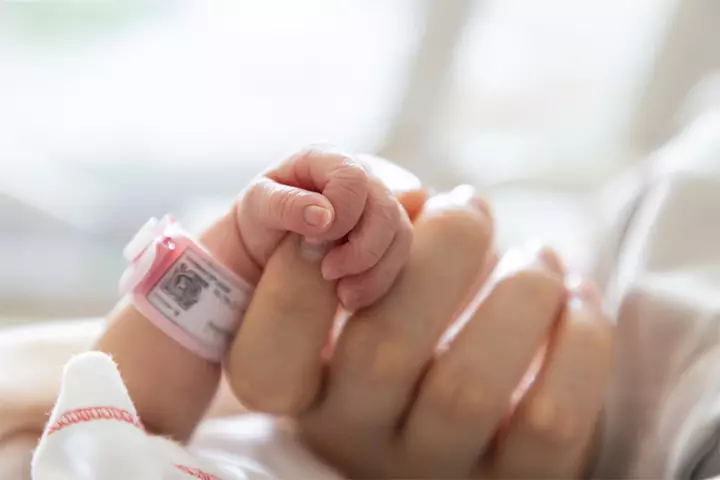
- Premature birth: A gap of fewer than six months can lead to premature birth. In such cases, the deliveries usually occur before 36-37 weeks (18).
- Low birth weight: Women who become pregnant too soon after a C-section can deliver babies with low birth weight, i.e., under 2.5kg (less than 5 pounds and 8 ounces).
- Being small for gestational age: Birthing space of less than six months may also put your fetus at risk of developing SGA, a condition when the fetus is smaller than the expected size at the specific gestational age (18).
 Experts say
Experts sayYou might want to get pregnant quickly after your C-section as you might fear that a gap would weaken your chances of pregnancy. Read on to know what you can do about it.
How To Boost The Chances Of Getting Pregnant After A C-Section?
Here are a few things that will help you conceive naturally after having a C-section.
- Track your menstrual cycle to know about ovulation: After childbirth, your body needs some time to get back to normal. The hormonal changes after pregnancy can alter your monthly cycle. Monitor your cycle closely every month to understand your fertility period. Once you notice a definite menstruation pattern, the chances of conceiving increase.
- Do not neglect your lifestyle: Adopt a healthy lifestyle after your C-section. Have a healthy diet, exercise regularly, keep stress at bay, and avoid smoking and drinking alcohol. A healthy lifestyle elevates your mood and helps you get pregnant (19).
- Manage your weight: Women who are obese or overweight are at increased risk of developing health conditions like diabetes, high blood pressure, and even fertility issues. Therefore, maintaining a healthy weight can improve your chances of subsequent pregnancy (19).
- Focus on your vitamin intake: Increase the intake of vitamins and vitamin supplements like folic acid. It is necessary to replenish your body with vitamins to regain your strength and health. The NHS recommends that women should take at least 400 micrograms of folic acid every day when trying to get pregnant (20).

- Enjoy sex and relax: Do not have intercourse with the intention to have a baby. Enjoy the process, and relax after having sex. Lie down for about 15 minutes to enable the sperm to swim across the cervix. However, if you do not want to get pregnant just yet, make sure to use effective birth control methods or long-acting reversible contraceptives (LARCs) like intrauterine devices (IUDs) to prevent pregnancy (18).
Your chances of getting pregnant come down as you age. If you are in your late thirties or forties, you may not want to wait long to have your next baby. In such cases, you might begin your efforts as early as possible, after consulting your healthcare provider.
A C-section is a major surgery wherein your body loses a lot of blood. You should first concentrate on proper scar healing at the C-section site. It takes time for your body to get back on track and restart the reproduction process. Moreover, some new mothers may also suffer from postpartum depression (PPD). So, wait for some time and start family planning only after you are physically and mentally ready to take the plunge again.
Frequently Asked Questions
1. Is normal delivery possible after a C-section?
Vaginal birth is possible after a C-section provided you maintain a gap of about one year. However, it involves risks and might need an emergency C-section if you have a uterine rupture. Approximately one in 300 women can experience this rupture during VBAC labor (9).
2. Who is at a lower risk of complications in the case of VBAC?
Women who opt for VBAC are at a lower risk of complications if they:
- had at least one vaginal delivery.
- are younger than 35 years of age (10).
- had a low transverse incision (a horizontal cut near the pubic hairline) during the first C-section (11).
- had the previous C-section due to the baby’s health conditions such as abnormal fetal heart rate or a breach in position.
- do not have any underlying health issues such as diabetes (gestational or pre-existing), blood pressure, or active genital herpes.
3. Is miscarriage more common after a C-section?
According to research, C-sections do not increase the risk of miscarriages. However, they may slightly increase the rate of subsequent stillbirth and ectopic pregnancies (12).
4. Can I go natural after two C-sections?
Yes, experts recommend that natural birth is possible after two C-section deliveries if you have low transverse incisions and no uterine scars or ruptures. However, one must consult a specialist to discuss which method will be the best (13).
5. How many successful C-sections can I have?
There are no universally accepted figures and research data on how many C-sections you can have. However, medical experts recommend a maximum of three C-sections for a single mother (14). As every pregnancy is different, ensure regular health checkups and consult with the experts in advance.
A cesarean or C-section delivery is a major surgery from which the body requires time to recover completely. This brings the question, how long after a C-section can you get pregnant. Various factors such as maternal health, the reason for emergency C-section, pregnancy complications, and underlying chronic conditions such as diabetes determine the recovery time. Getting pregnant soon after a C-section may increase the chances of placental abnormalities, premature birth, and low birth weight. Therefore, experts often recommend birth spacing by a year or two after consulting a doctor who would decide after examining the mother’s health status. You can use appropriate contraception to prevent accidental pregnancy. A gap is also advisable for proper bonding with the baby and their care.
Infographic: What Are The Best Contraceptive Methods After A C-Section?
It is recommended to delay the subsequent pregnancy after a C-section to reduce the risk of complications. The below infographic could help you choose the suitable birth control method after C-section based on your requirements. Illustration: Momjunction Design Team
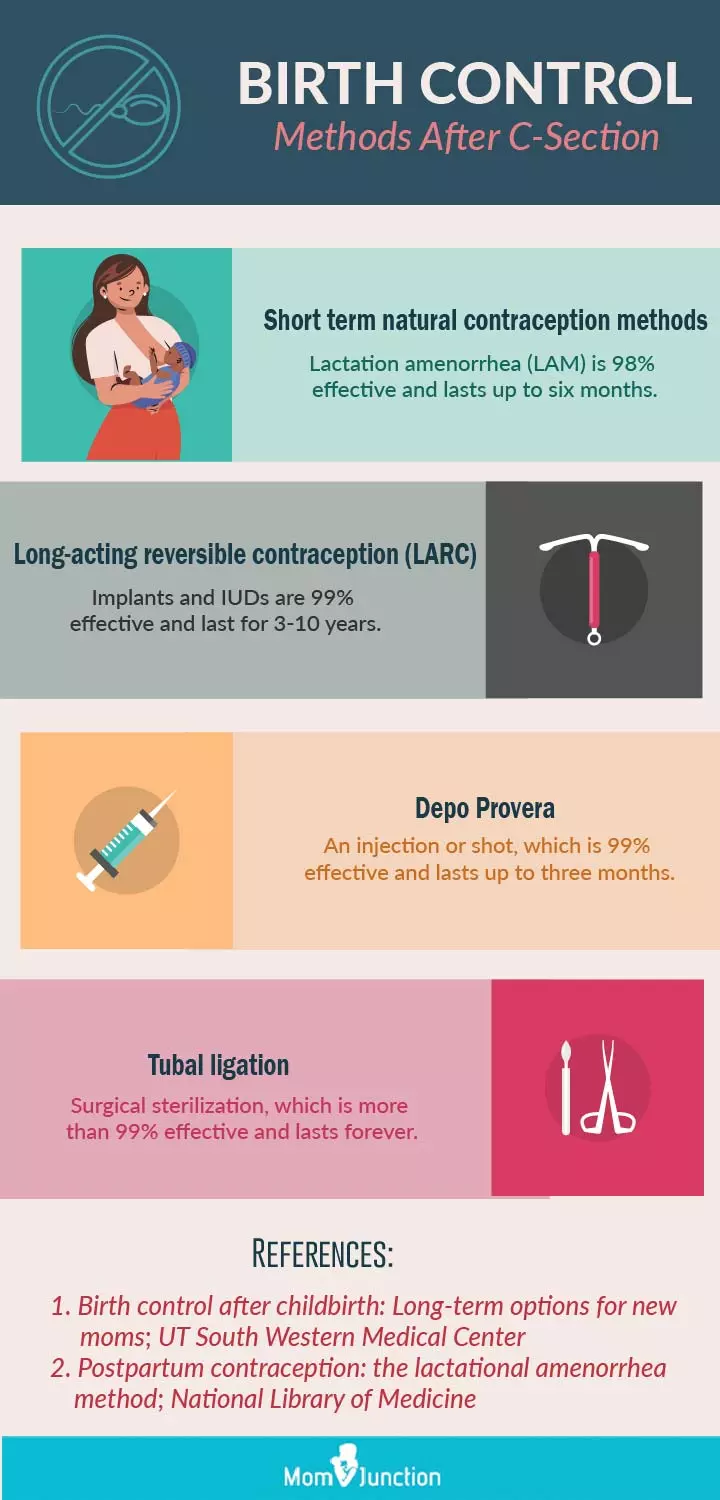
Illustration: Getting Pregnant After C Section: How Long To Wait
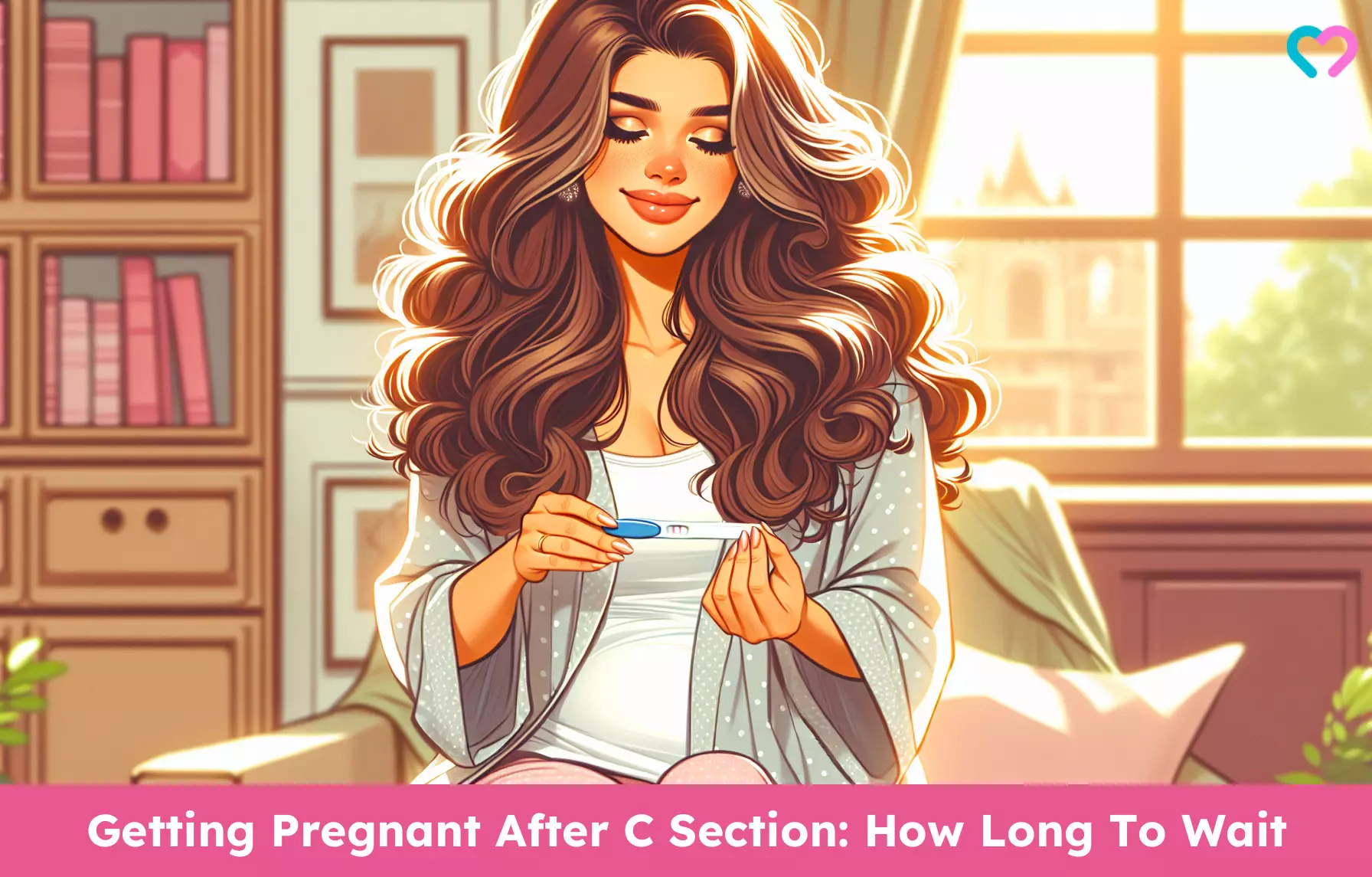
Image: Stable Diffusion/MomJunction Design Team
References
- Report Of A WHO Technical Consultation On Birth Spacing.
https://apps.who.int/iris/bitstream/handle/10665/69855/WHO_RHR_07.1_eng.pdf?sequence=1 - David M Stamilio et al.; (2007); Short interpregnancy interval: risk of uterine rupture and complications of vaginal birth after cesarean delivery.
https://pubmed.ncbi.nlm.nih.gov/17978122/ - Placenta previa.
https://www.mountsinai.org/health-library/diseases-conditions/placenta-previa - What complications can affect the placenta?
https://www.nhs.uk/pregnancy/labour-and-birth/what-happens/placenta-complications/ - N Kok et al.; (2014); Risk of maternal and neonatal complications in subsequent pregnancy after planned caesarean section in a first birth, compared with emergency caesarean section: a nationwide comparative cohort study.
https://pubmed.ncbi.nlm.nih.gov/24373595/ - Uterine dehiscence.
https://radiopaedia.org/articles/uterine-dehiscence - Getting pregnant after a c-section.
https://www.tommys.org/pregnancy-information/giving-birth/after-caesarean-section - Mohamad K. Ramadan et al.; (2018); Incidence and Risk Factors of Uterine Scar Dehiscence Identified at Elective Repeat Cesarean Delivery: A Case-Control Study.
https://jcgo.org/index.php/jcgo/article/view/481/325
- Vaginal birth after a caesarean.
https://www.nct.org.uk/information/labour-birth/planning-birth/what-birth-options-are-available-after-having-caesarean
- Sindhu K Srinivas et al.; (2007); Vaginal birth after caesarean delivery: does maternal age affect safety and success?.
https://pubmed.ncbi.nlm.nih.gov/17302640/ - Vaginal birth after C-section.
https://medlineplus.gov/ency/patientinstructions/000589.htm - Cesarean Section and Rate of Subsequent Stillbirth Miscarriage and Ectopic Pregnancy: A Danish Register-Based Cohort Study
https://www.ncbi.nlm.nih.gov/pmc/articles/PMC4077571/ - Vaginal Birth After Cesarean (VBAC)
https://my.clevelandclinic.org/health/articles/21687-vaginal-birth-after-cesarean-vbac - You Asked: How many C-sections can a woman have?
https://vitalrecord.tamhsc.edu/asked-many-c-sections-can-woman/#:~:text=However%2C%20from%20the%20current%20medical - Pregnancy After A Cesarean Birth (For Postnatal Women).
https://www.ulh.nhs.uk/wp-content/uploads/2018/10/3368-Pregnancy-after-a-Caesarean-birth-v1-PN.pdf - Caesarean section rates continue to rise, amid growing inequalities in access.
https://www.who.int/news/item/16-06-2021-caesarean-section-rates-continue-to-rise-amid-growing-inequalities-in-access - Pregnancy & Delivery After Multiple C-Sections.
https://healthcare.utah.edu/womens-health/pregnancy-birth/multiple-c-sections - How long should you wait before getting pregnant again?
https://www.marchofdimes.org/find-support/topics/planning-baby/how-long-should-you-wait-getting-pregnant-again - How to Prepare for Pregnancy.
https://www.hopkinsmedicine.org/health/wellness-and-prevention/planning-a-pregnancy - Planning another pregnancy.
https://www.nhs.uk/pregnancy/trying-for-a-baby/planning-another-pregnancy/
Community Experiences
Join the conversation and become a part of our nurturing community! Share your stories, experiences, and insights to connect with fellow parents.
Read full bio of Dr. Surakshith Battina
Read full bio of Sakshi Mishra
Read full bio of Rebecca Malachi
Read full bio of Dr. Joyani Das






